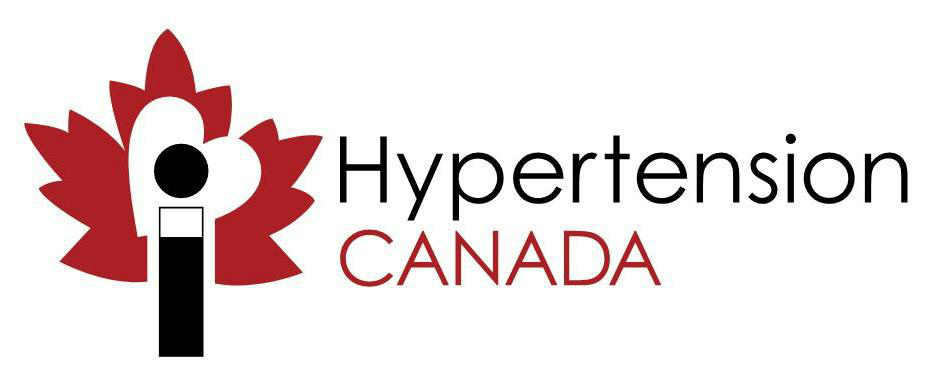A recent article in the Canadian Journal of Cardiology entitled “The Estimated Impact of Changes in Population Hypertension Control on Cardiovascular Disease in Canada From 2000 to 2017” reports on the large impact hypertension control has had on death and hospitalizations in Canada. The hypertension control program was first implemented in 2000 and was carried out by both governmental and non-governmental organizations. The success of the program was demonstrated by the increase of hypertension control in the population (69.9% in 2012-2013), compared to before the program was created (13.2% in 1985-1990). Between 2000 and 2017, it was estimated that enhanced hypertension control prevented 875,000 deaths and 4.6 million hospitalizations due to heart disease and stroke.
The loss of the implementation and evaluation aspects of the program in 2012 resulted in a significant decline in the hypertension control rates, especially in women (from 68.9% in 2012-2013 to 49.2% in 2016-2017) and an excess of 16,758 deaths and 88,816 hospitalizations due to heart disease and stroke.
Raised blood pressure is the leading global risk for death and causes approximately half of cardiovascular disease. Hence reducing uncontrolled hypertension by 25% by 2025 has become a global priority.
In order to calculate these changes in the Canadian population, the authors of the article utilized the CVD EstimaTool, which was created by the Pan American Health Organization HEARTS in the Americas program.
Although Canada has the highest reported national hypertension control rate, the article calls for Canadian health care systems to adopt a program like the Pan American Health Organization’s HEARTS in the Americas program, which is described as, “an innovative program to assist countries control hypertension and promote CVD secondary prevention in primary care settings.” This would be both cost-effective and reduce the number of Canadian deaths and hospitalizations related to hypertension.


